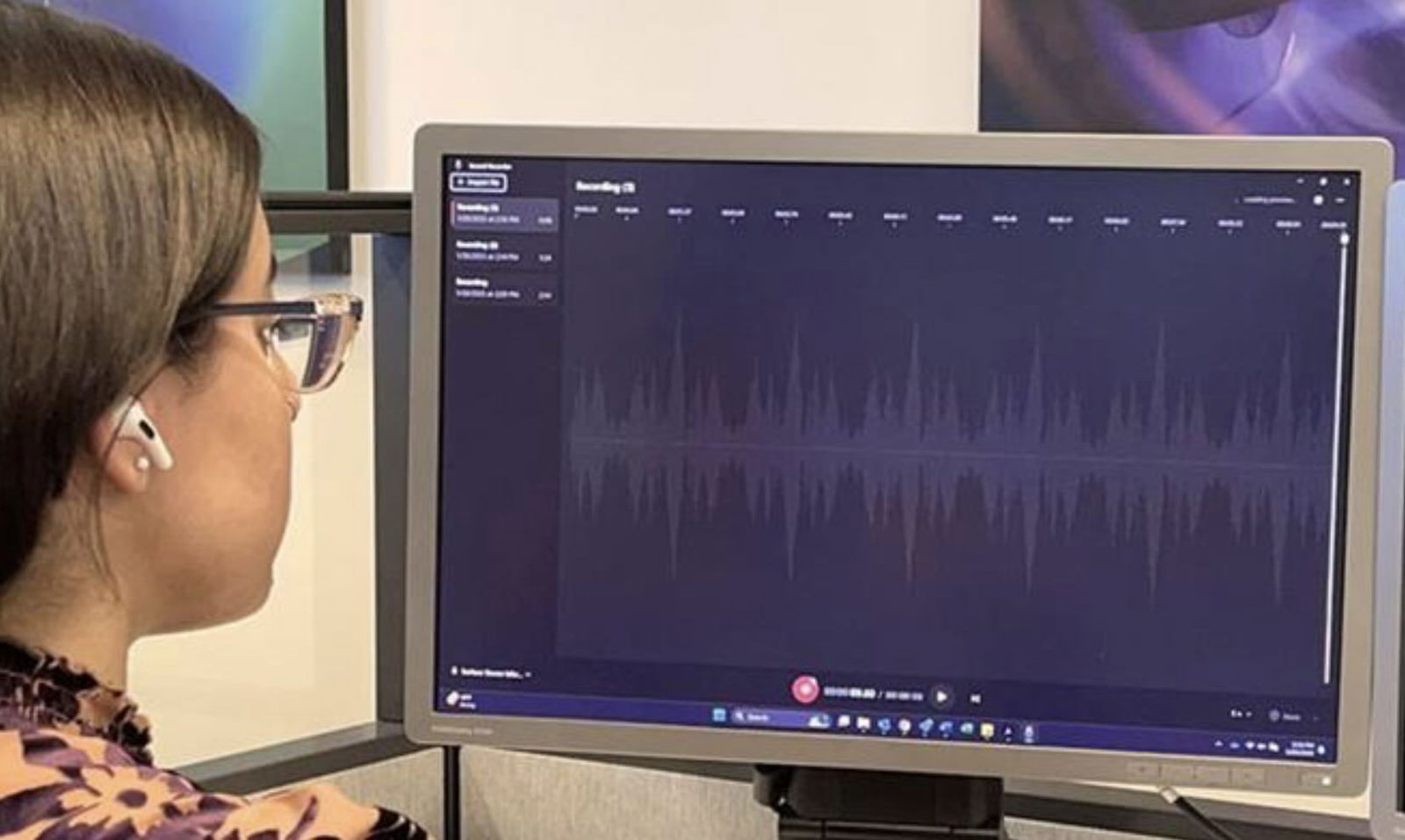With the rise of mental health disorders on the rise across America and Canada, doctors are looking for new tools to help with faster diagnosis. Researchers have responded to the need and developed an automated screening tool that can reliably diagnose comorbid anxiety (AD) and major depressive disorder (MDD) using voice analysis.
While Americans have faced an ongoing mental health crisis since the COVID-19 pandemic, data from 2021 shows a significant increase in cases. An estimated 8.3% of adults suffer from major depressive disorder, while 19.1% experience anxiety disorders. Despite their prevalence, many individuals remain undiagnosed or untreated—only 36% of those with AD and 61% with MDD receive care.
Barriers such as social stigma, personal perceptions, and limitations within the healthcare system contribute to this gap.
Mental Health Issues vs. Mental Health Disorders
It’s important to distinguish between mental health issues and mental health disorders. Mental health issues refer to challenges in emotional, psychological, or social well-being that can vary in intensity. While they may disrupt daily life, they can improve with treatment, allowing individuals to return to a healthier state of mind.
In contrast, mental health disorders—or mental illnesses—are clinically diagnosed conditions that significantly impact a person’s thoughts, emotions, behaviors, and daily functioning. These conditions meet specific criteria outlined in the DSM-5 (Diagnostic and Statistical Manual of Mental Disorders) or the ICD (International Classification of Diseases). Examples include major depressive disorder (MDD) and schizophrenia. While these disorders may persist over time, they can often be managed with therapy or medication.
Diagnosing these disorders more quickly and effectively remains a challenge, which is where automated screening tools come into play.
AI-Powered Voice Analysis for Diagnosis
Research teams from the University of Illinois Urbana-Champaign, the University of Illinois College of Medicine Peoria, and the Southern Illinois University School of Medicine are collaborating to develop an AI-driven screening tool. Using machine learning, they have designed a process that analyzes voice signals extracted from a one-minute verbal fluency test to detect comorbid AD/MDD.
Mary Pietrowicz, a lead researcher from the University of Illinois Urbana-Champaign specializing in acoustics and machine learning, explained the motivation behind the study. “This research was inspired by the observation that individuals with anxiety disorders and major depressive disorder often face delays in diagnosis and treatment. The discovery of voice signals mirroring various psychiatric, neurological, upper-gastrointestinal, and other health conditions encouraged further investigation of AD/MDD.”
AD, MDD, and comorbid AD/MDD each exhibit unique acoustic signatures. However, identifying comorbid AD/MDD is particularly challenging because the acoustic markers of AD and MDD can counteract each other.
“Much of the existing research overlooks these distinctions and fails to address the unique characteristics of comorbid AD/MDD,” said Pietrowicz.
How the Screening Tool Works
The study involved female participants, both with and without comorbid AD/MDD. Participants completed a semantic verbal fluency test, in which they were asked to name as many animals as possible within a set time. The recordings were securely processed, and researchers extracted acoustic and phonemic features from their speech.
Machine learning algorithms then analyzed these features to differentiate between individuals with and without comorbid AD/MDD. The results confirmed that a one-minute semantic verbal fluency test is a reliable screening method.
“The AD/MDD group tended to use simpler words, exhibited less variability in phonemic word length, and showed reduced levels of and variation in phonemic similarity,” Pietrowicz said.
While the current study provides promising results, Pietrowicz and her team aim to refine the model and further explore the underlying biological mechanisms behind the findings. Significantly more data from diverse populations and conditions will be needed to develop a clinically viable diagnostic tool.
“Our current focus is on expanding the scale, diversity, and modalities of the data while applying innovative analytic techniques to enhance model accuracy and deepen our understanding of the signals,” Pietrowicz said.
The findings were detailed in a paper titled “Automated acoustic voice screening techniques for comorbid depression and anxiety disorders,” which appeared in JASA Express Letters on February 4, 2024.
Chrissy Newton is a PR professional and founder of VOCAB Communications. She hosts the Rebelliously Curious podcast, which can be found on The Debrief’s YouTube Channel. Follow her on X: @ChrissyNewton and at chrissynewton.com.

